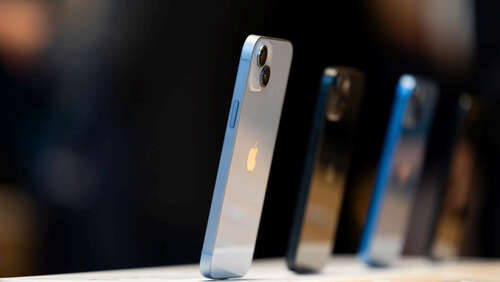
In general, the closer your iPhone is to its out-of-the-box state visually and functionally, the higher the offer you may get for the gadget. The first question you’ll be asked when you go through the trade-in process is whether your device fulfills the following parameters:
- It turns on and functions normally
- All the buttons work without issues
- The camera functions properly and all the lenses are without scratches, dents, or damage
- The battery can hold a charge
- The phone’s body is dent and scratch-free
- The touch screen and back glass have no cracks or visible damage
- The display screen doesn’t have lines, spots, or other visual distortions
Your iPhone version will also weigh heavily on its trade-in value. Since newer iPhones have more improved features, they’re more valuable and will likely garner more than an older model. Moreover, if you have a version of a particular iPhone series that has a bigger screen, better battery life, and the like — for instance, an iPhone 14 Pro Max instead of a regular iPhone 14 — it’ll be worth more.
Finally, the bigger your iPhone’s storage capacity, the more valuable it is in terms of trade-in value. Similarly, the newer your iPhone is, the higher the odds of a good resale value. It’s not always the case though as the latter is largely determined by market demand. For example, even though the third-generation iPhone SE came out in early 2022, the older iPhone 13 is worth more due to its wider slate of features.
Now that you have an idea how iPhone trade-in values are generated, let’s go through the different ways to go about exchanging your iOS device for one of the newer ones.

